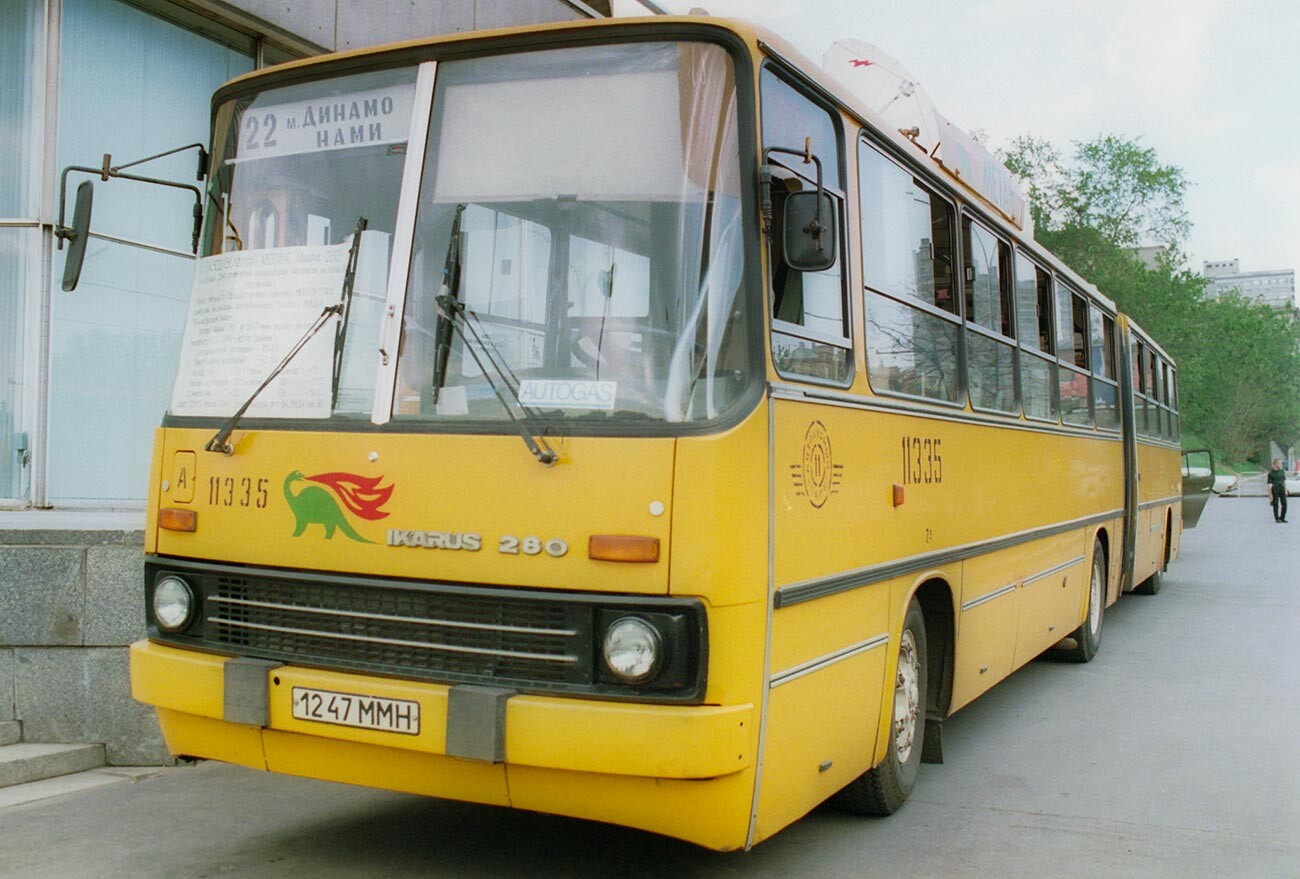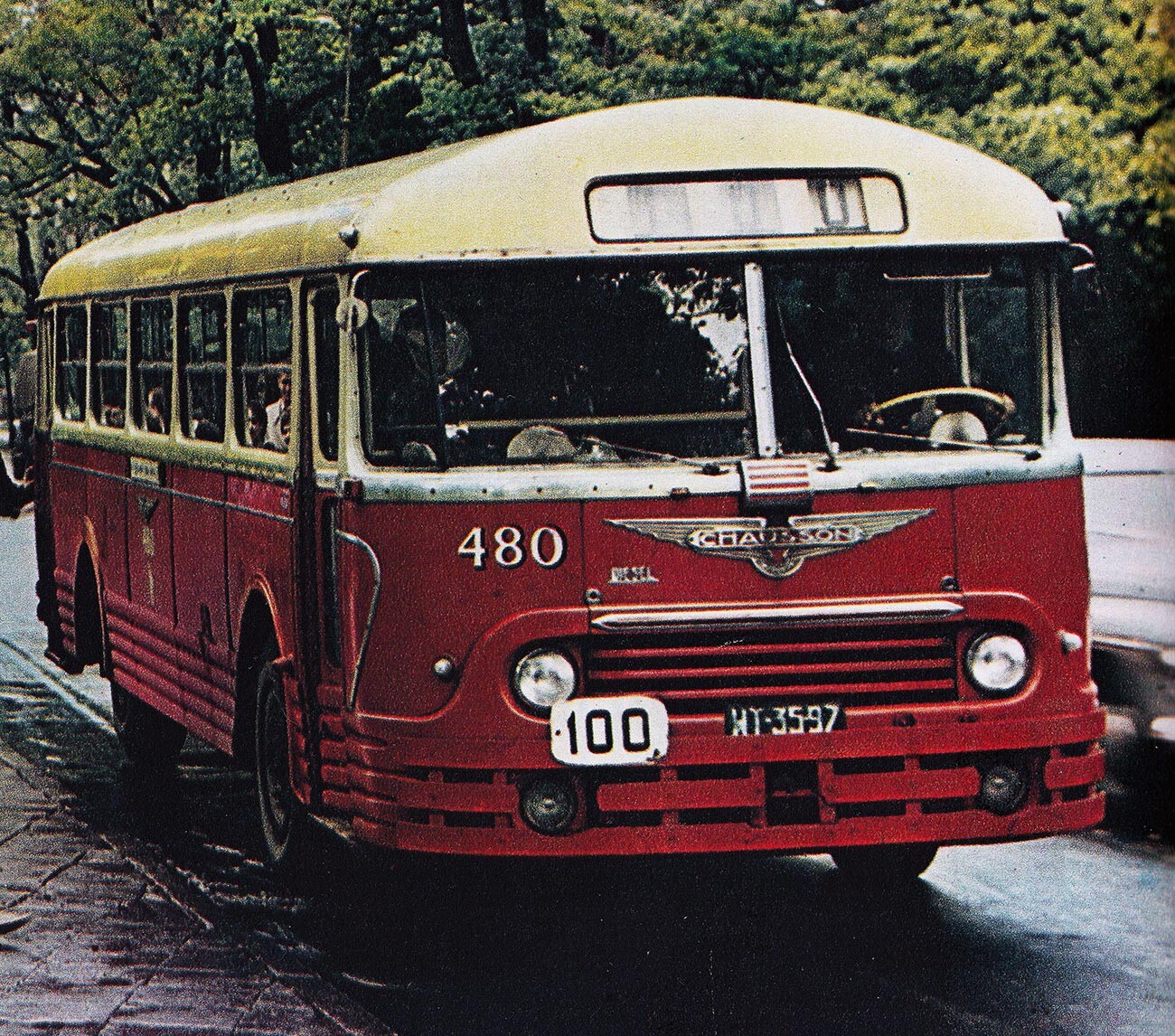

Ikarus 60
Fortepan (CC BY-SA 3.0)This was the first foreign-made bus in the Soviet Union. The import of buses made in Hungary was meant to reduce the shortage of buses in rapidly growing Soviet cities. The first batch of the Ikarus 60 model arrived in the Soviet Union in 1956. It was designed for 60 passengers, although it only had 20 seats (the rest were meant to commute standing). The model had a 6-cylinder 8-liter and 125-hp-strong diesel engine.

Although the Ikarus 60 was the first foreign-made bus to hit Soviet roads, it was the Ikarus 280 which truly earned the hearts and minds of the Soviet commuters. This model had been in production since 1973 and was nicknamed ‘accordion’ and ‘sausage’. It was a salvation for growing Soviet cities, because this giant bus equipped with four doors could transport a couple of hundred people at a time.
The Hungarian Ikarus was an extremely popular brand of buses imported to the USSR, but it was not the only one. Another popular model was the Austrian-made tour bus ÖAF 5DN-120. This model was imported to the Soviet Union when the 6th World Festival of Youth and Students was held in Moscow in 1957.

Sometimes, more exotic models appeared on Soviet streets, as well. The French-made Chausson АР 521 was just that: exotic. This bus also had a 145-hp diesel engine.

The Bussing D2U model was even more exotic. Its main feature was a double deck, a highly unusual design, which the Soviet public had never seen before. The double-decker was powered by a 150-hp engine. It ran along Leninsky Prospekt in Moscow, one of the major routes in Moscow leading to Vnukovo Airport.

In 1989, the State Committee for Foreign Tourism of the USSR purchased 450 buses made in Yugoslavia. According to some accounts, the Yugoslavian-made TAMs were just as comfortable as the legendary Hungarian Ikarus. In addition, the 260-hp engine was incredibly powerful compared to any other foreign- or domestic-made buses used in the Soviet Union.
Dear readers,
Our website and social media accounts are under threat of being restricted or banned, due to the current circumstances. So, to keep up with our latest content, simply do the following:
If using any of Russia Beyond's content, partly or in full, always provide an active hyperlink to the original material.
Subscribe
to our newsletter!
Get the week's best stories straight to your inbox